Hello and welcome to The Culture Project. We are here with a long awaited Artist Spotlight. These are the kind of articles that I wrote when I first started my substack journey and something I’ve wanted to get back to. I have been doing research over the last few months and started compiling information and thoughts on several different artists. I had a discussion with Gramajo on his podcast recently and Kim Asendorf’s Cargo came up. I was familiar with some of his work, but hadn’t visited it in a while. It was a wonderful refresher on an artist and style I really love. The discussion sparked a new passion for Kim’s work and I have been pouring over their projects for a month now. They have helped create and define a generative art style that has grown into something impressive.
I’ve seen his style described as glitch art in some places. It was a style I was readily set to attribute to him, but wasn’t entirely sure if it was accurate. He likes to describe his art as digital expressionism, but thinks that might be to broad a category. Abstract pixel art, pixel sorting, and pixel shifting would be a better fit for his art. Glitch is the result of a malfunction or error, which his art is not. He was into glitch art early in his career, but has since moved on as he felt it constricted his progress. Though he does take some inspiration from that time still.
Glitch art is the practice of using digital or analog errors for aesthetic purposes by either corrupting digital data or physically manipulating electronic devices.
Glitch art goes back to the 70’s when people started experimenting with VHS, video game consoles, and other analog devices. This video below is a good example that showcases it.
Digital TV Dinner is a video art clip from 1979 created by Raul Zaritsky, Jamie Fenton, and Dick Ainsworth using the Bally Astrocade console game to generate unusual patterns.
You can see some similarities at times with some of Kim’s work and the outputs in the video. These similarities are one of the reasons I thought he was a glitch artist. When you look at his breadth of work, you can see it’s much more than that.
Some of his first works were posted to Foundation and Objkt in mid to late 2021. He created two Objkt accounts asdf and kimasendorf that he started posting different pieces to. The asdf account being for more fun and light hearted work. The kimasendorf account for his more serious projects. These accounts were started a few months before his first major project release, Monogrid. His first NFT minted to Objkt was a minimalistic 12 frames & 12 color gif posted to his asdf account.
8 18 54 51 (12 frames, 12 colors)
He released one other work very similar to this on foundation around a month later titled 8_18_59_22. From September 2021 to March 2022 he would post 10 different works to Foundation.
8_18_59_22 (640x640px, 12colors, 12frames @ 12.5fps)
A few weeks later he would mint some of his first works to his main Objkt account. This is where we really start to see him develop more of his style. The live versions of his work are highly recommended over the stills. There will be live links below each art work.
Untitled (2) - Click the link to see it live.
Mountain Tour is a still image project that I was surprised by and really like. There are ten total in the series and all have twenty four editions each. This was released in August 2022. One of a very few still image projects by him.
Kim has released ten different long form generative art projects on the Ethereum & Tezos blockchains. I’m going to cover some of them in chronological order, but won’t be able to cover them all. He has a lot of amazing work and I’m going to highlight some over others. The choices I’ve made are based on provenance and personal biased. I’ve created videos for the majority of the ones I cover. Please check them out as they really show the depth of his work. The thought of having only still images for his work was unbearable.
Monogrid is Kim’s first long form generative art project. It was released on September 2021 on the Tezos blockchain. It came out a month before fx(hash) released it’s first projects. It was minted on the now defunct Hic et Nunc, a Tezos marketplace that is no longer around. I recommend viewing them on the website he created, monogrid.xyz, as I feel it really adds to the experience of the project. You can also check it out here, objkt.com/monogrid. It really set an impressive standard for his animated long form work. Monogrid is a wonderful example of balance and chaos. The sorting of pixels into a bigger construct, just to be washed away seconds later. It’s like a wild menagerie of pixels we get to watch dance on the screen.
Check out Monogrid in this video I created.
monogrid 9b - Click the link to see it live.
monogrid d9 - Click the link to see it live.
monogrid 01 - Click the link to see it live.
monogrid b4 - Click the link to see it live.
Reading a book was his next long form project. He released a month later in November 2021 and it was his first release on fx(hash). I love the separation of sections that look like pages. Each one flowing and moving independently trying to tell it’s own story. Sometimes adjacent pages will flow in harmony.
The formal structure of a book is beautiful by itself, but its aesthetic is the tacit atmosphere within which events take place in a story.
Check out Reading a Book in this video I created.
Reading a book #1 - Click this link to see it live.
Reading a book #102 - Click this link to see it live.
Reading a book #15 - Click this link to see it live.
Rainbowgrid was his next project released in Dec 2021. It has one of the smallest collection sizes out of all his projects with only 54 items in the series. This was his first ETH project he released without a central marketplace. He wrote the contract and created the website for the minting experience. I love the websites he creates for his works. They really feel like an extension of the projects themselves. I really love the vibrant colors in this one.
Check out Rainbowgrid in this video I created.
Rainbowgrid L16-7F - Click Here to see it Live
Rainbowgrid L64-7B - Click Here to see it Live
Rainbowgrid P16-2F - Click Here to see it Live
Rainbowgrid P32-7B - Click Here to see it Live
Kim would go on to release two more projects. His second release to fx(hash) was tr4ns4ctions. It was released in January 2022.
After that would be his next ETH project.
Sabotage came out in March 2022. Just like most of his ETH projects, this one has it’s own website. He wrote the contract for this one as well and it minted through the site. sabotage.kim
In May 2022 we got Monogrid 1.1 CE. Where he revisits his original Monogrid project, but adds color. This is up there with my favorite releases by him. Monogrid is an amazing project and is the grail of grails for his work. But something about the added color in these really hits the spot visually.
Monogrid 1.1 is based on the original series at monogrid.xyz, but there are no black/white versions included. The color palette is a mixture of one of 12 colors plus black or white. The fragment shader has been updated in the way the 16 different animations get summed up. This version would appear more chaotic and organic.
Check out Monogrid 1.1 in this video I created.
Monogrid 1.1 CE #107 - Click Here to see it Live
Monogrid 1.1 CE #73 - Click Here to see it Live
Monogrid 1.1 CE #1 - Click Here to see it Live
Monogrid 1.1 CE #92 - Click Here to see it Live
NAZCA would be the next project he would release on fx(hash) in July 2022. I find this project to be really fascinating. It’s still shifting and sorting pixels, but the way these blend together as it gets going is really cool. The more you watch it the more it fills the screen with a chaotic balance of movement.
Nazca is a group of living glyphs made in the soil of the GPU. There are 17 figures that get combined and mixed over three layers. The figures vary in complexity but are generally created with vertical and horizontal lines only. Figures have at least one seed, some even have a seed per path. A seed is an oscillating pixel that can be compared to a square wave oscillator of audio synthesis and is usually followed by a path or a set of paths. The purpose of the paths is to send the pixels along the lines to make the figures visible through movement and to create a reduction to pure animation.
Check out NAZCA in this video I created.
NAZCA #185 - Click Here to see it Live
NAZCA #191 - Click Here to see it Live
NAZCA #233 - Click Here to see it Live
ZOOM (4hwf) released on fx(hash) in October 2022. It’s another unique piece that is a lot different from his other works. Reminds me of VHS degradation in some ways.
ZOOM explores linear scaling of pixels by zooming into a noisy framebuffer. Various zoom levels are composed one below the other, becoming a cinematic animation through iteration of the hue values of the pixels in the framebuffer.
This is the collection that introduced Kim to a broader audience. His first release to Art Blocks and one from the curated series. Cargo was released in Feb 2023 and was extremely well received. Even in these terrible bear market conditions it sold out fairly quickly and had a great run on secondary. This project feels like an accumulation of a lot of his other works that helped build this into what it is.
Art Blocks had a great conversation with him on his work and history. It’s a really good read.
Cargo is a series of abstract paintings created with animated pixels that are constantly moving without ever repeating. It is painting new patterns on the fly in between macro and micro compositions with a duality of different rhythms and continuous synchronicity. The focus is alternately drawn to detail, then distracted by movement elsewhere and caught up in the overall picture. This rhythm turns the visual complexity into an active experience.
Check out Cargo in this video I created.
Cargo #609 - Click Here to see it Live
Cargo #571 - Click Here to see it Live
Cargo #356 - Click Here to see it Live
That brings us to his last release and one of his more unique projects. It was his first time releasing with Bright Moments. It also resides on the ETH blockchain. Event Horizon is visually a lot different than his other projects. The longer you let it run the more complex it looks, though it is just repeating movements and layered noise.
**Event Horizon** is a minimal simulation of circular energy fields that are traveling along paths to manipulate all matter within their reach. Various energies are mixing and interacting when colliding in the same space, creating dynamics and movements that alter the underlying grid and draw new patterns along their way through space.
Event Horizon #02 - Click Here to see Live View
Event Horizon #35 - Click Here to see Live View
Event Horizon #29 - Click Here to see Live View
Please check out this promo I did for this article. It was a lot of fun to make. Features a TinyTV and a little creativity.
Thanks for reading! Please like and share the article if you enjoyed it. We are just trying to spread some Tezos and Generative Art love with The Culture Project. Our community is open to anyone that wants to learn about or share generative art. The communities Twitter & Discord. My twitter is @joshripple. If you like the content please give us a follow.






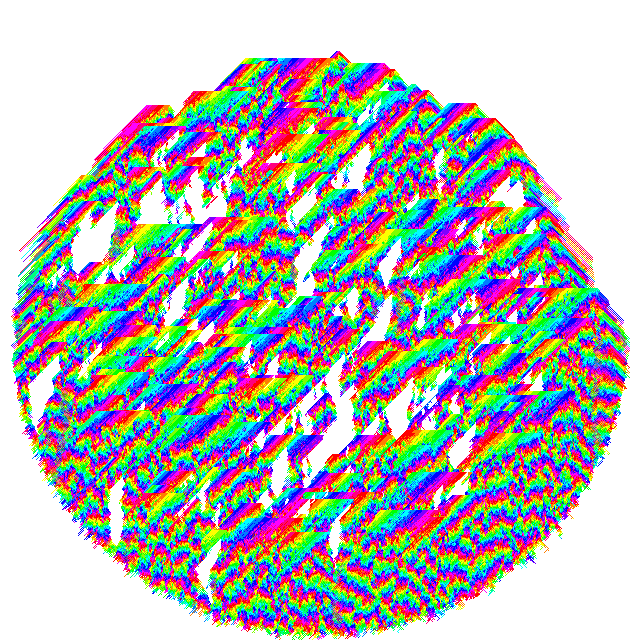

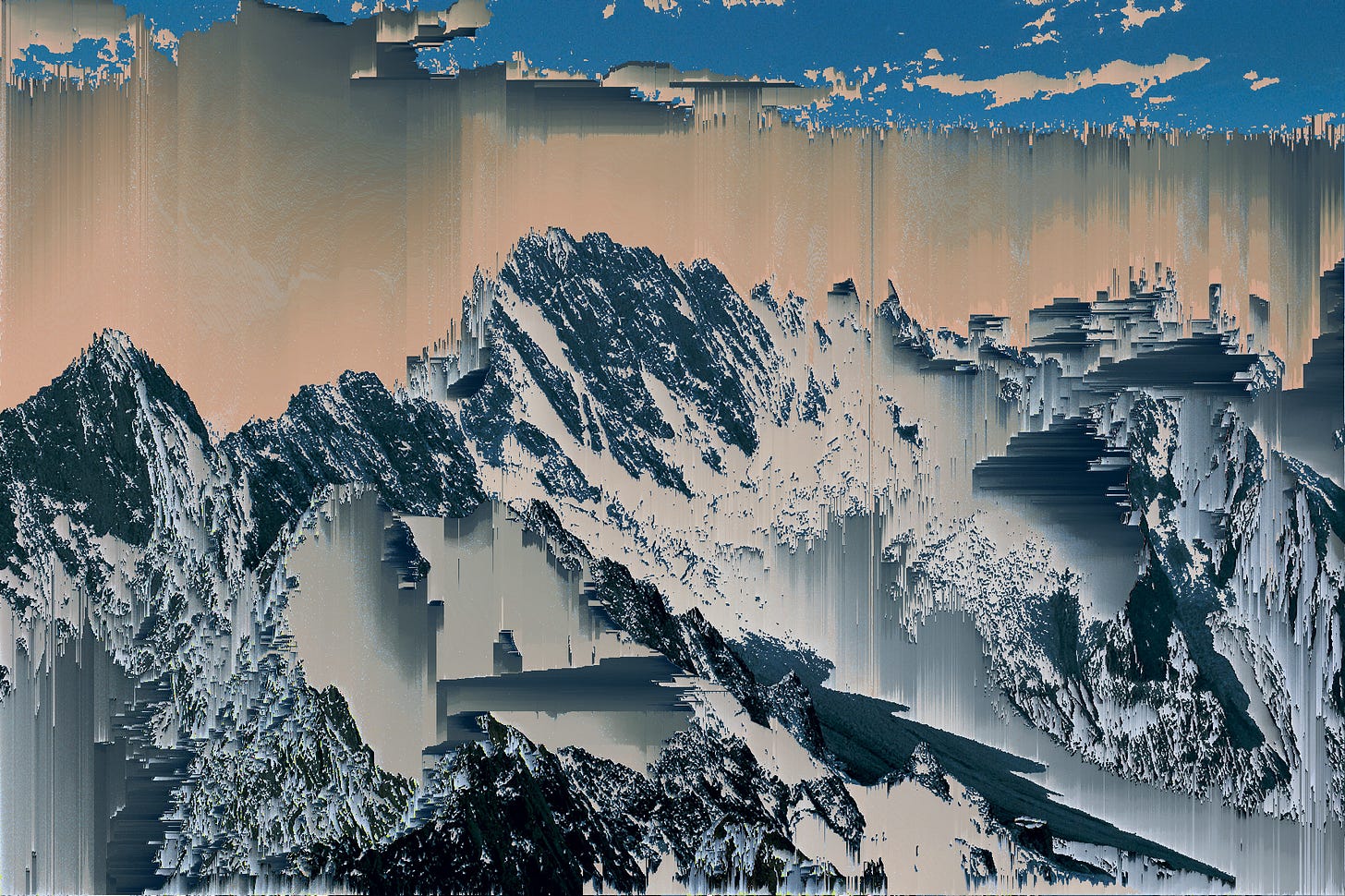
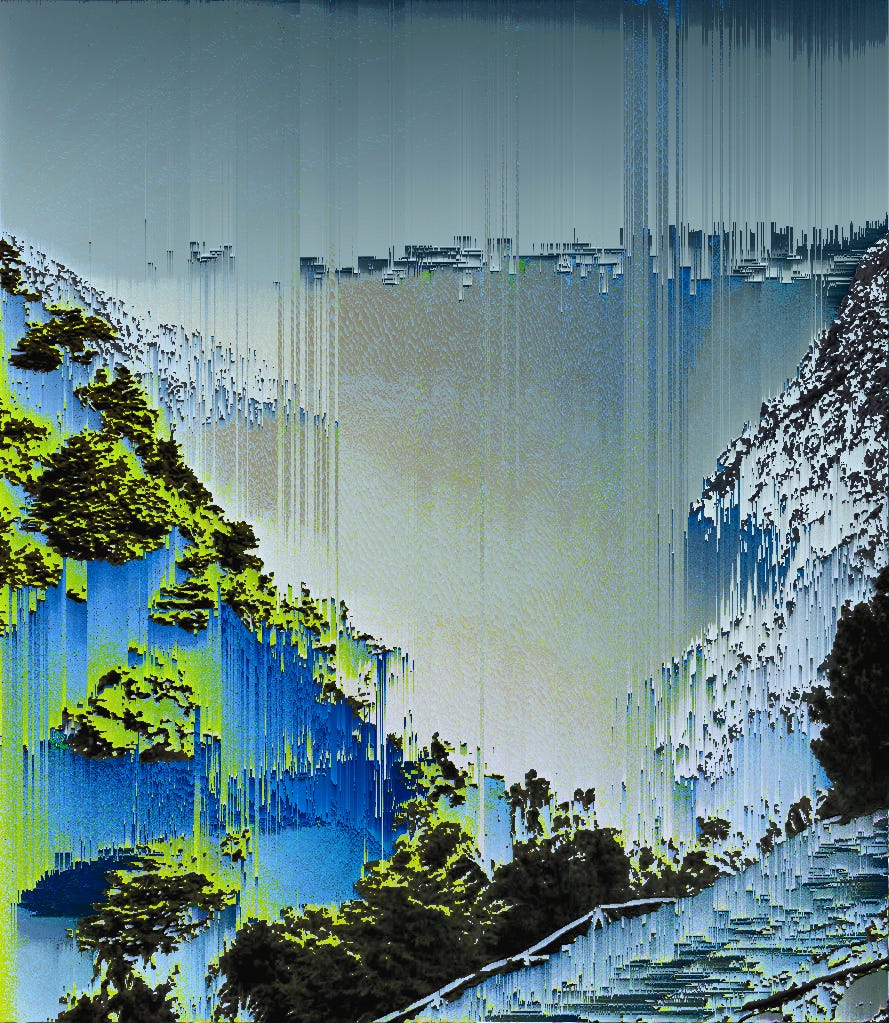


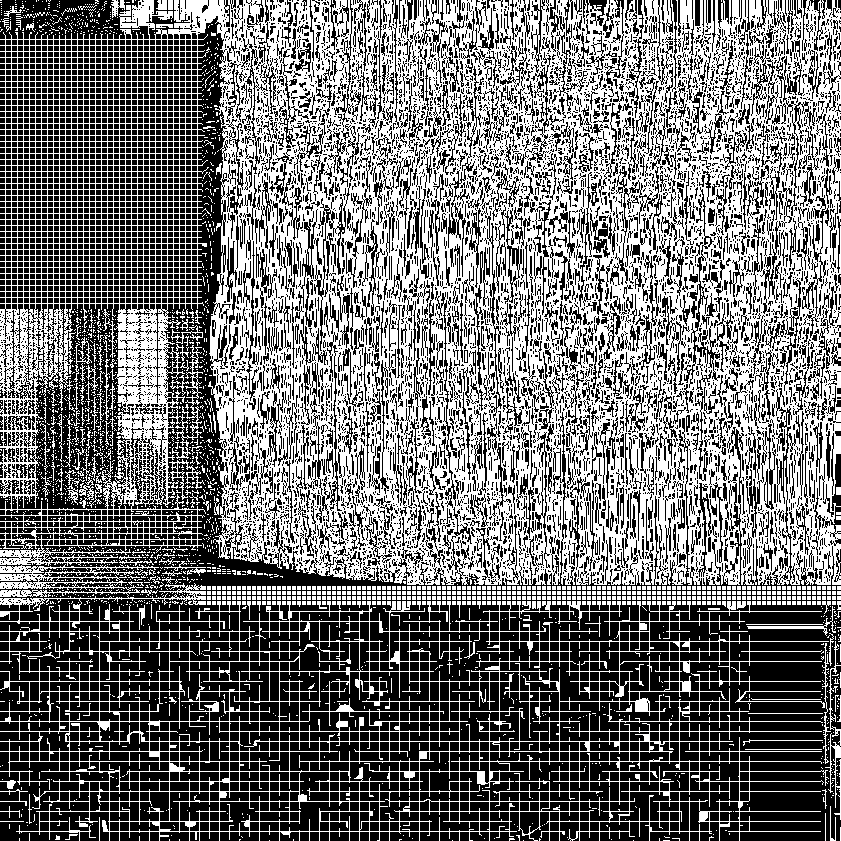



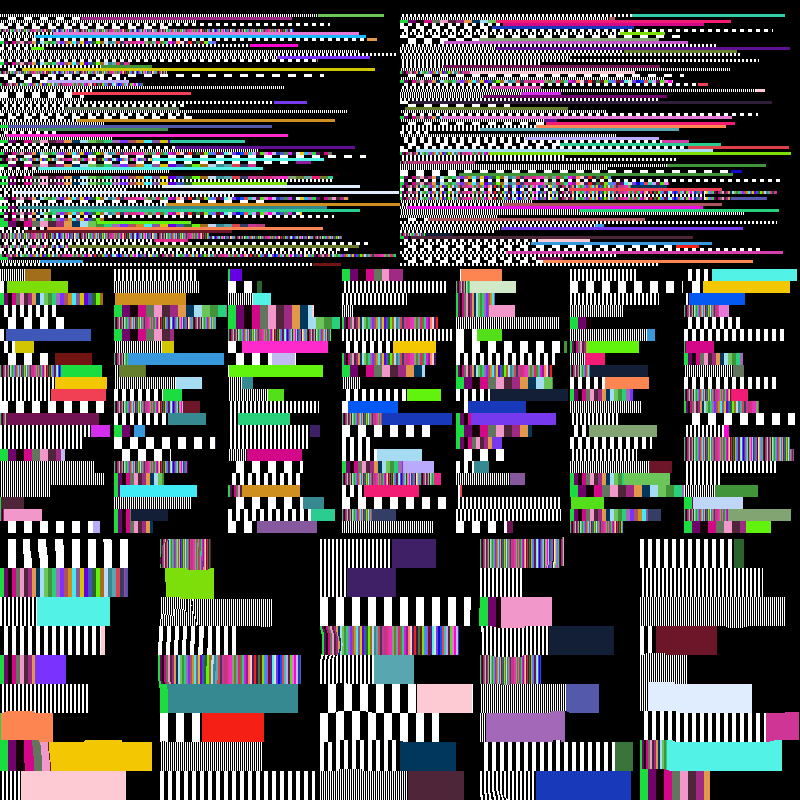
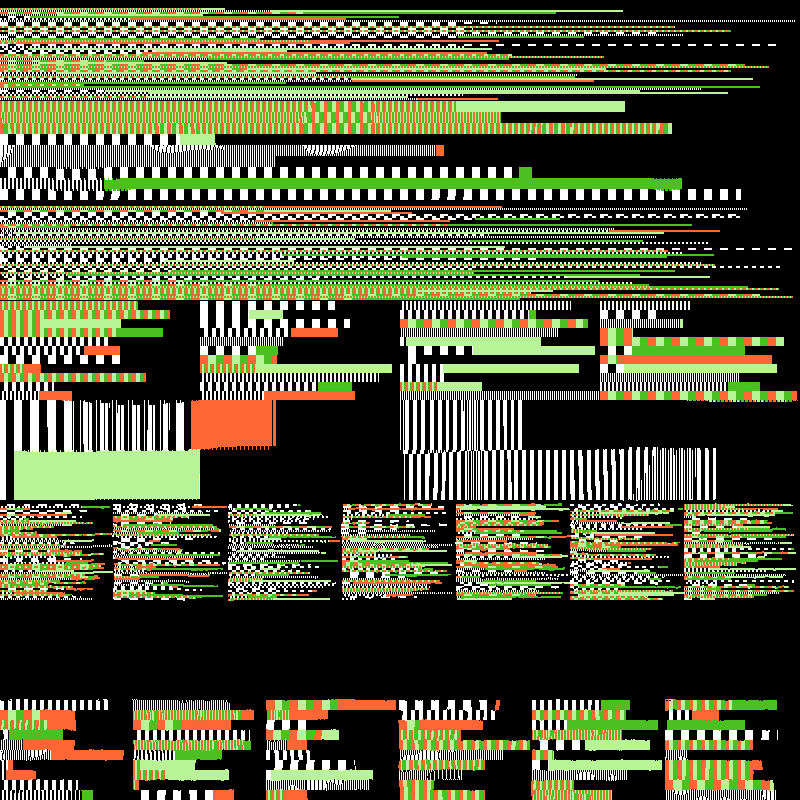
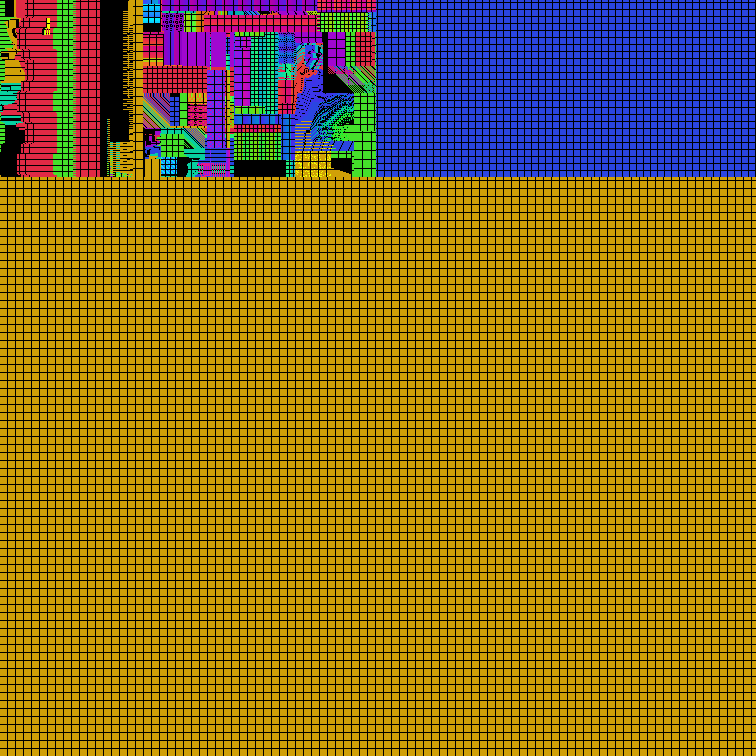

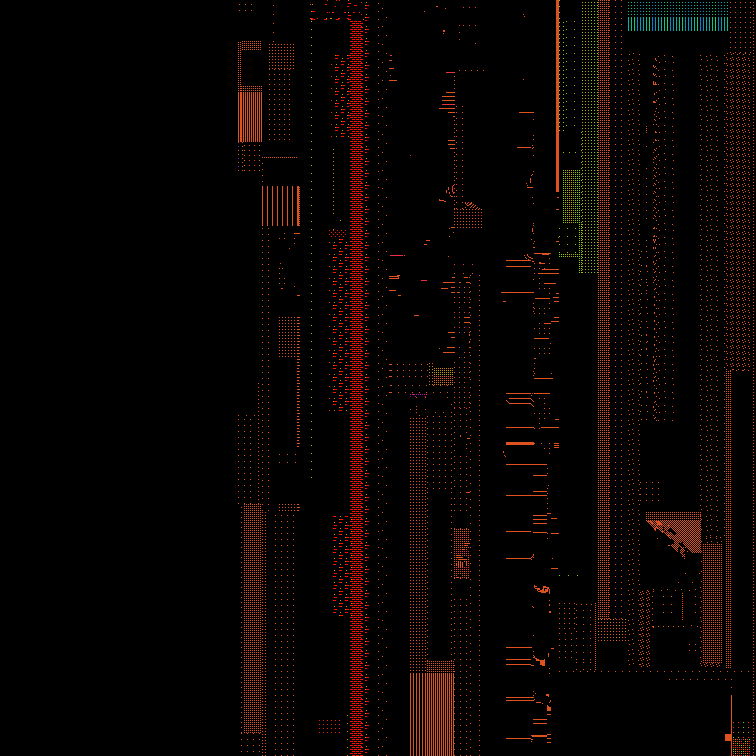













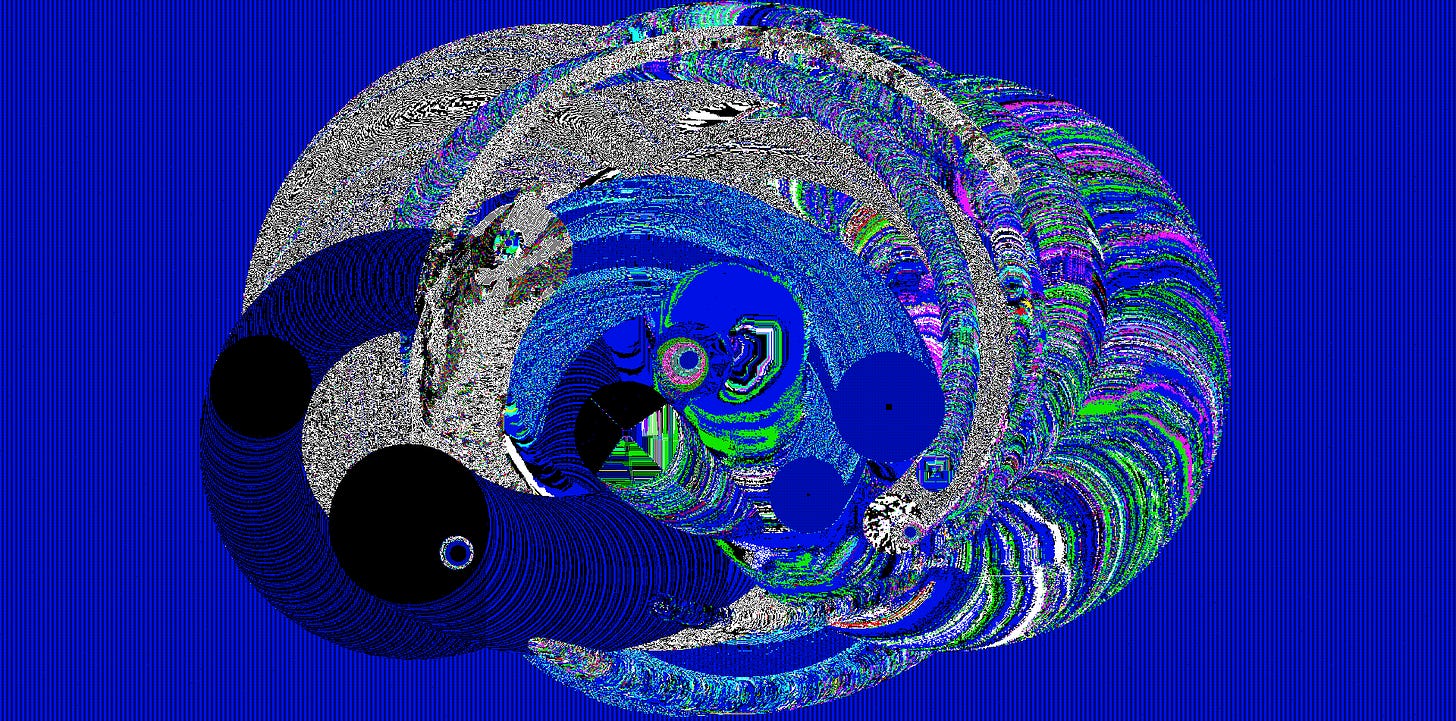
It’s crazy how the earlier pieces look like neurocolor. And that mountain piece is so epic never knew they existed. Thanks for giving us a background